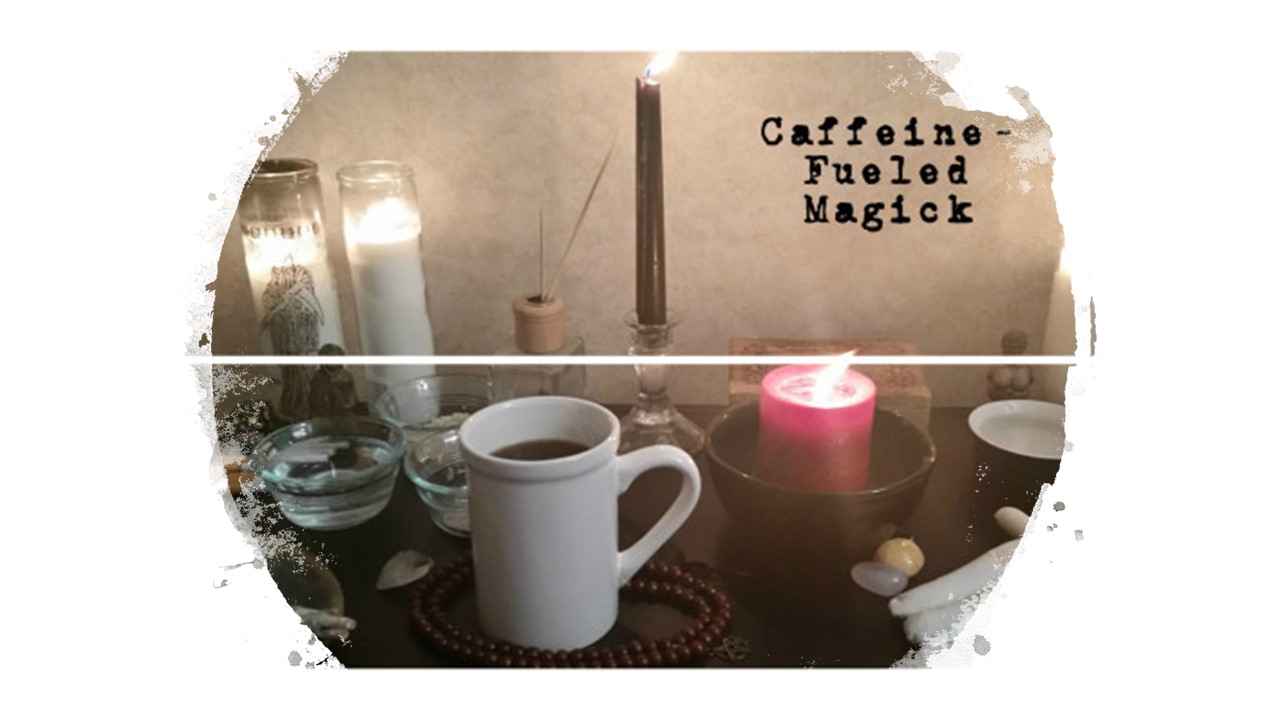When I was a baby witch, I read all the books I could get my hands on. I’m pretty sure all of them rehashed the Wiccan Rede and the rule of three. Anytime I performed a spell (usually a simple candle magic spell), I would keep the Rede and law of three in mind. I wanted to be a good witch, and, based on the books I’ve read, good witches operated in black and white. There was no room for shades of grey in my magic.
Several years later, I was involved in a situation with someone I considered a friend. They were caught doing something illegal and tried to implicate me in hopes of getting a lesser charge. Having not been involved in the situation, I wanted nothing to do with it. As the weird kid in school, the cops were not inclined to believe me. So, I took to my altar and worked some magic.
The primary focus of my magic was that this person’s lies would come to the surface. Having been hurt and betrayed, I also wanted them to be punished. I wanted them to lose everything. I wished for all sorts of nefarious things to happen to them. And it did.
The next year in their life was terrible. Not only did they face legal trouble, but it seemed like everything in their life began to fall apart. Sure, I think most of it had to do with the terrible decisions they had been making, but as a baby witch, I knew it was all because of me.
Each time something terrible happened to them, I braced myself for the blowback. I knew it would all come back to me threefold, but it never did. At the time, I convinced myself it was because my magic was done as a noble act to take down a villain. Later, I decided it was because my magic didn’t cause the issues they experienced. Now, I think it’s probably because the law of three is probably not real.
Most Wiccans follow some version of the Wiccan Rede – If it harms none, do what you will. The Rede is often connected to the law of three. However, the Rede is just helpful advice. It’s basically a retelling of the Golden Rule. If it’s not a commandment, why do all the early books on Wicca include a mention of this? We only need to look at the cultural norms at the time these books were published. The witchcraft laws in Europe had just been repealed, and the Satanic Panic was still alive and well. I think the emphasis on the Rede had to do with keeping up appearances and promoting Wicca as a loving and valid religion.
Speaking of the Rede, many proponents of the law of three mention that the Rede “as we know it” is part of a longer version. Many people note that the Rede was initially mentioned by Gardner in his book The Meaning of Witchcraft, which was published in 1959. It was then modified into the version we know today by Doreen Valiente in 1964. The “long version” of the Rede, which directly mentions the law of three, wasn’t published until 1975. This leads me to speculate that the law of three wasn’t part of the initial Wiccan religion.
If this is correct, why would they add such a law to their religion after the fact? First, I go back to the branding efforts in the early days of Wicca. I also believe it was an effort to keep new initiates in check. There are tales of Wiccan leaders publishing information that incomplete or outright fictitious. According to these claims, this was done to preserve initiatory secrets. By teaching new adherents the law of three, early Wiccan leaders could keep their students “in line.”
Without the law of three, where does that leave a Witch in regard to ethics? To me, that’s one of the most empowering parts of Witchcraft. We get to define our own personal ethics and act accordingly. As witches, we don’t need someone else to dictate right and wrong for us. We get to listen to our High Self, create our own set of ethics, and hold ourselves accountable.
To explore the history of the law of three, check out the links below.
https://gardnerians.wordpress.com/2014/09/28/there-is-no-universal-threefold-law-in-wicca/
https://www.patheos.com/blogs/byathameandstang/2018/08/Wiccan-Rede-threefold-law-not-stupid/
